Samsung's making bold moves with the Galaxy S26, and the tech world is buzzing about what could be their biggest chipset comeback story yet. Recent reports suggest the entire Galaxy S26 lineup might ditch Qualcomm's Snapdragon processors in favor of Samsung's own Exynos 2600 chip, according to Tech Advisor.
This is not just another incremental upgrade. We are talking about Samsung potentially delivering its first truly competitive in-house processor in years, with performance metrics that could surpass both Apple and Qualcomm's flagship offerings.
The company has reportedly completed development of the Exynos 2600 and will begin supplying it for the Galaxy S26 series starting in November, as reported by Mathrubhumi. Samsung appears confident enough in its 2nm chip to consider using it across the entire S26 range, including the Ultra model, finally breaking the decade-long "Exynos curse" that has plagued regional variants.
Why Samsung's going all-in on Exynos this time
Here's what you need to know: Samsung is reportedly planning to use the Exynos 2600 across the complete Galaxy S26 series, which would mean abandoning Qualcomm's Snapdragon 8 Elite Gen 5 chip. That would be a massive strategic shift. If the top-tier Galaxy S26 Ultra uses an Exynos chip, it would mark the first Ultra model to feature an in-house processor since the Galaxy S22 series back in 2022.
For years, Samsung split its flagship lineup between regions, with some customers getting the "lesser" Exynos chips while others enjoyed superior Snapdragon performance. Now the company is betting on its own silicon, which reads as confidence, necessity, or both. This is not just about cost savings. It is a push for technological independence and a chance to prove it can compete at the highest level.
The company has established a dedicated task force to oversee the Exynos 2600's development and ensure its competitive edge against rivals, reports Android Central. That kind of structure usually signals a make-or-break product for Samsung's semiconductor ambitions. You do not spin up a task force for a minor tweak.
Reports suggest that the mass production of the Exynos 2600 has already begun, with initial shipments projected for late October or early November, according to Korea JoongAng Daily. The timing aligns with the expected Galaxy S26 launch window in early 2026. This is not vaporware; chips are rolling off production lines.
The performance numbers that have everyone talking
Let's break down the big claims. The Exynos 2600 reportedly delivers 30 percent better NPU performance and 29 percent superior GPU performance compared to Qualcomm's Snapdragon 8 Elite Gen 5, as reported by Android Central. In practice, that means faster AI processing for photography, voice recognition, and real-time language translation.
The splashier comparison targets Apple's A19 Pro. The chip allegedly offers 14 percent better multi-core CPU performance and 75 percent superior GPU performance, according to Business Standard. For mobile gaming enthusiasts and content creators, a 75 percent GPU bump could feel like a real step change.
Perhaps most eye-catching, the NPU is reportedly six times faster than Apple's offering. That kind of headroom points to real-time video enhancement, advanced computational photography, and smoother voice AI interactions.
Early Geekbench results add some numbers to the hype. Leaked benchmarks show the Exynos 2600 achieving single-core and multi-core scores of 3,309 and 11,256, respectively. For context, the Snapdragon 8 Gen 5 scored 3,831 and 12,459 in the same tests, which makes the gap surprisingly narrow. The Exynos 2600 demonstrates up to 38 percent better performance than its predecessor, the Exynos 2500, according to a YouTube analysis.
The 2nm advantage that changes everything
The secret sauce behind the Exynos 2600's numbers is Samsung's 2nm Gate-All-Around manufacturing process, a genuine technological leap that goes beyond marketing. Samsung claims the 2nm GAA process delivers a 12 percent performance boost and 25 percent efficiency improvement over its previous 3nm process, as reported by Korea JoongAng Daily.
Manufacturing yields have reportedly surpassed 50 percent, a crucial milestone for advanced semiconductor production. Hitting that mark suggests the 2nm process is maturing and can deliver consistent, reliable performance at scale.
The Exynos 2600 is expected to be the first commercially available 2nm chipset before competitors follow with TSMC-produced chips later in 2026, according to NotebookCheck. First to market is more than bragging rights. It gives Samsung a window to set the tone and potentially court additional foundry customers.
The new ARM Lumex architecture, paired with an integrated heat management system, directly targets the thermal throttling issues that have historically plagued Exynos chips. Samsung has focused heavily on AI performance with this chip, specifically aiming to surpass Apple's devices in machine learning capabilities, reports Android Central. If sustained performance holds, the long-running Exynos slump under extended workloads could finally ease.
Regional availability and what it means for consumers
Here's where things get complicated. While Samsung appears committed to using the Exynos 2600 globally, certain markets will still receive Snapdragon variants due to regulatory and business considerations. The company may continue using Snapdragon chips in North America to ensure smooth regulatory approvals, according to Business Standard. Japan and China are also expected to see Snapdragon versions in select Galaxy S26 models, likely due to specific carrier requirements and market preferences.
That twist could flip the old narrative. European consumers and several other regions would experience Samsung's latest Exynos innovation firsthand, and given the performance claims and 2nm advantages, those buyers might actually receive the superior product this time. A full inversion of the historical "Exynos curse" that dragged on battery life, thermals, and sustained performance.
The chip is expected to appear in at least one Galaxy S26 model, though recent reports suggest the entire lineup could feature Exynos processors, as noted by Mathrubhumi. If Samsung delivers equivalent or superior performance with the Exynos 2600, it would finally smooth out one of its longest-running brand issues, giving buyers comparable flagship experiences regardless of location or carrier.
What this means for the smartphone landscape
Bottom line, Samsung's Exynos 2600 could reshape the smartphone processor ecosystem. For nearly a decade, Qualcomm has dominated Android flagship performance while Apple steadily raised the bar with its A-series chips. Samsung has been the capable but inconsistent third, strong in bursts, shaky over time.
The company's internal tests show strong performance compared to competitors, and Samsung believes the chip compares favorably with Apple's A19 Pro used in iPhone 17 Pro models. If those claims hold up in independent testing and real-world use, Samsung could achieve semiconductor independence and push the Android ecosystem to reconsider processor partnerships.
A successful Exynos 2600 would break Qualcomm's effective monopoly on premium Android performance and spark real competition. Historically, that kind of pressure delivers better performance, more focused features, and sharper pricing.
The Galaxy S26 series is expected to launch in January 2026, though some rumors suggest a delay to March, as reported by Tech Advisor.
For enthusiasts who have watched Exynos wobble for years, the Galaxy S26 looks like a watershed moment. The question is not whether Samsung can hit big benchmark numbers; it is whether it can pair speed with efficiency, thermal control, and sustained performance. If it sticks the landing, 2026 could be the year Samsung shifts from Qualcomm customer to legitimate semiconductor competitor, tilting the balance of power in mobile.





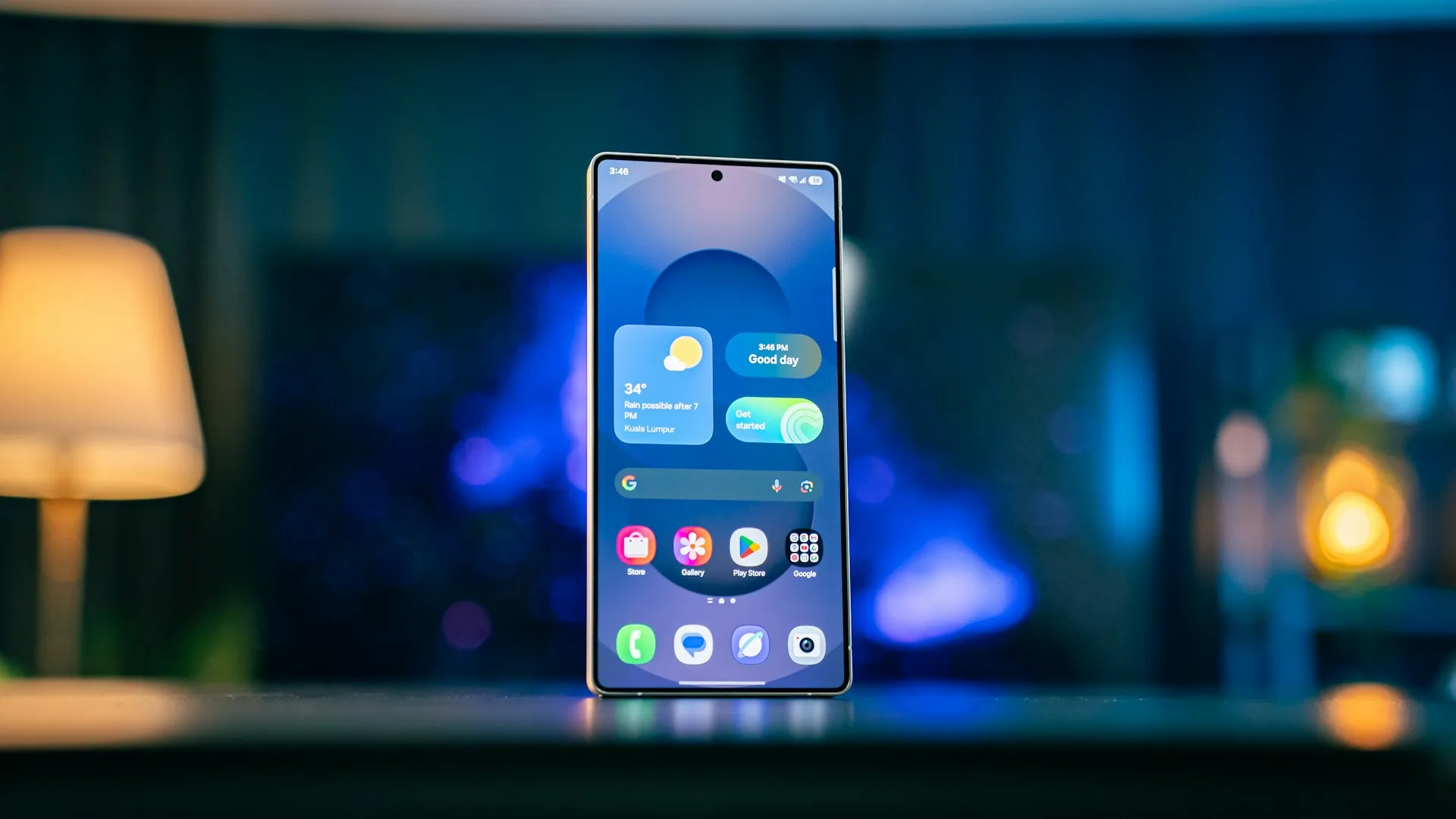


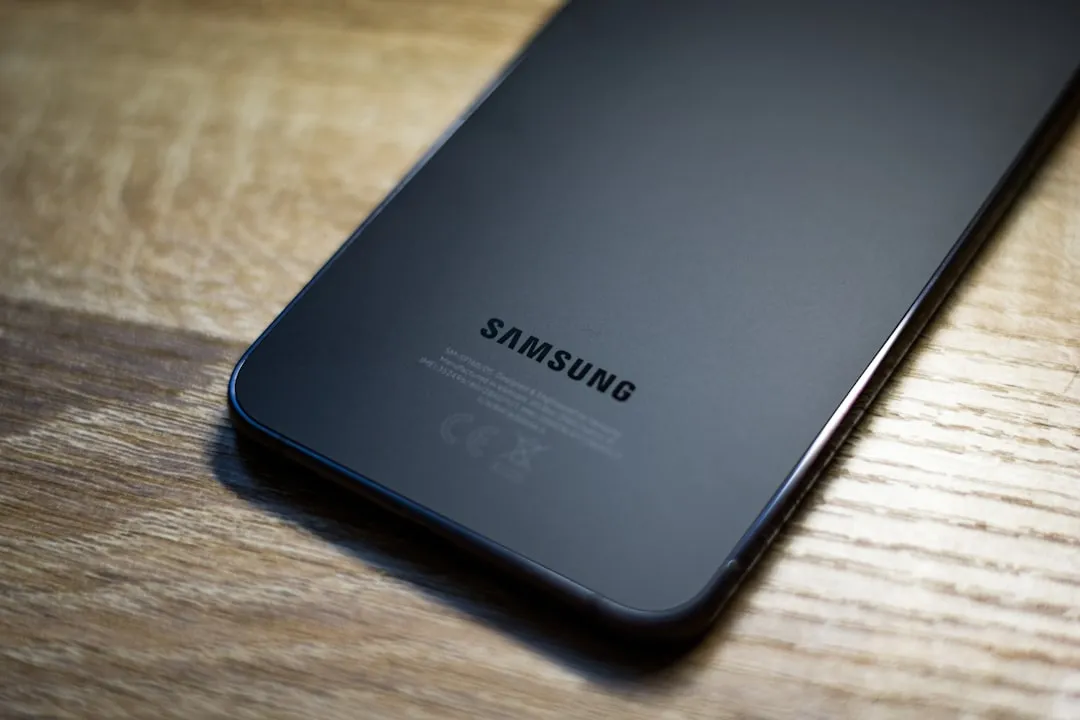

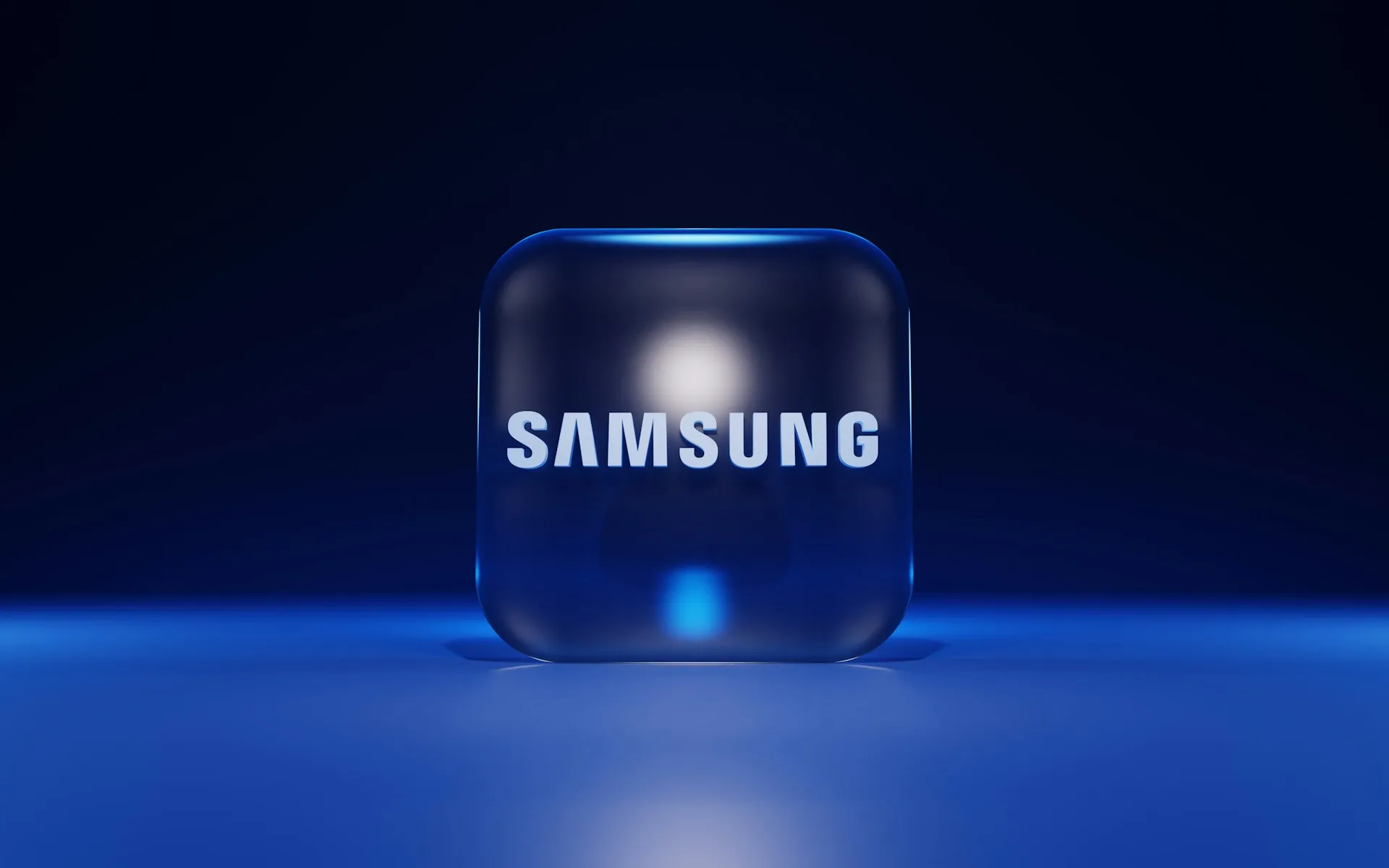


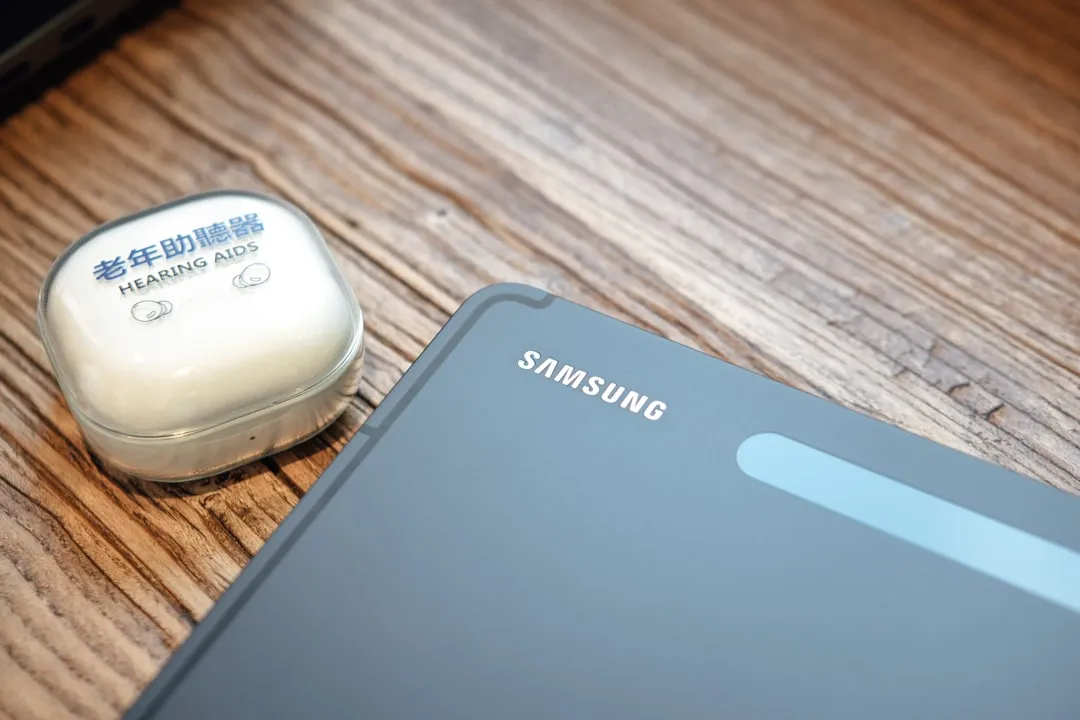
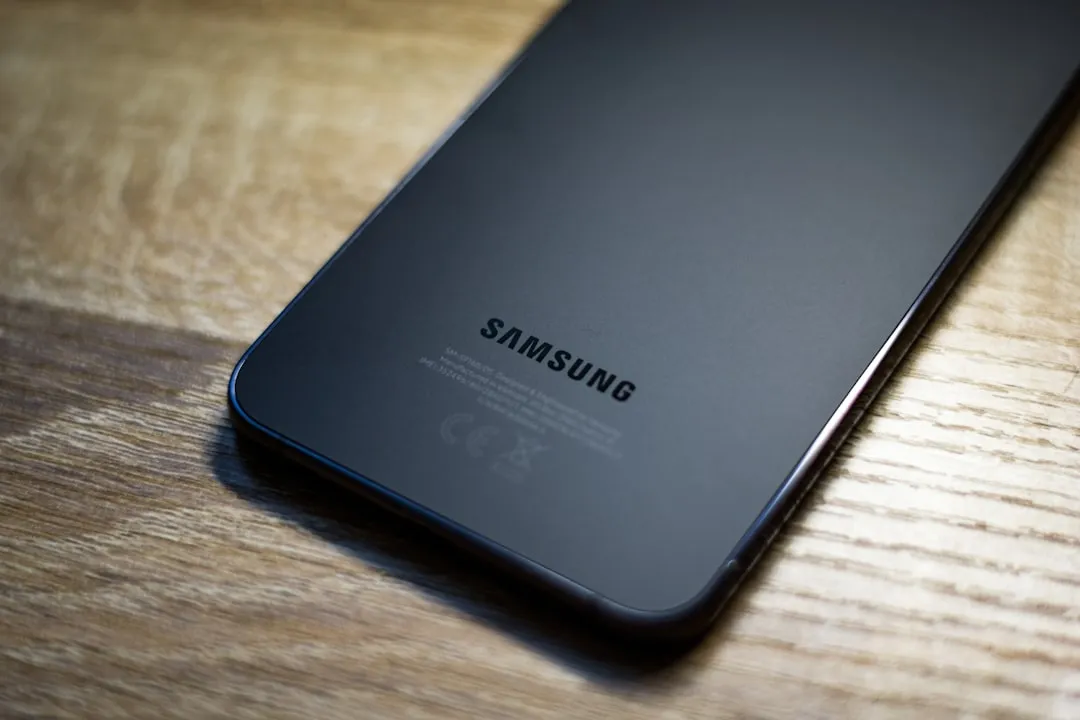


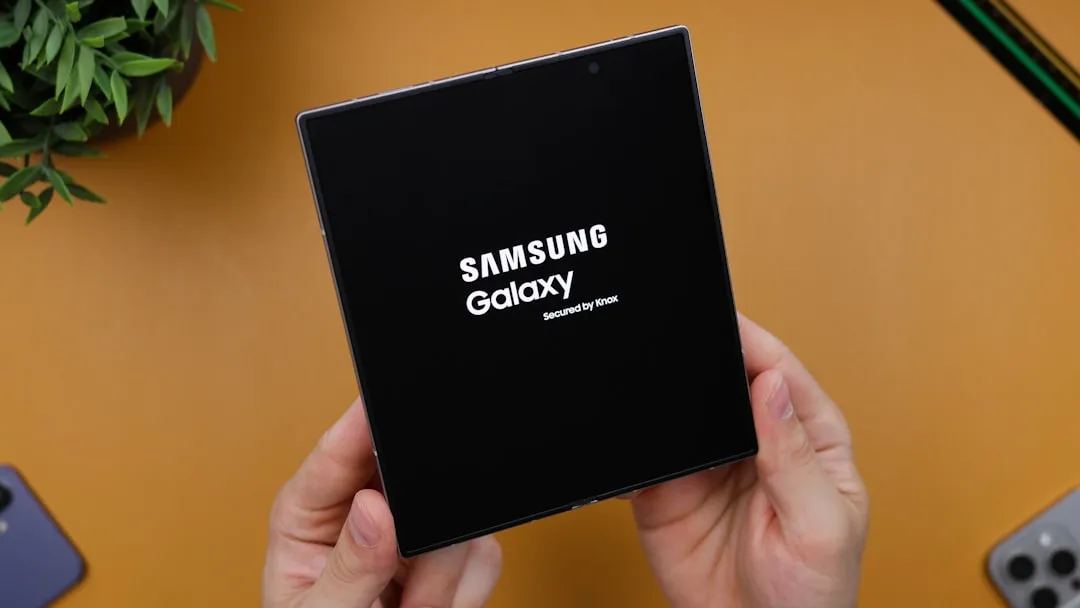

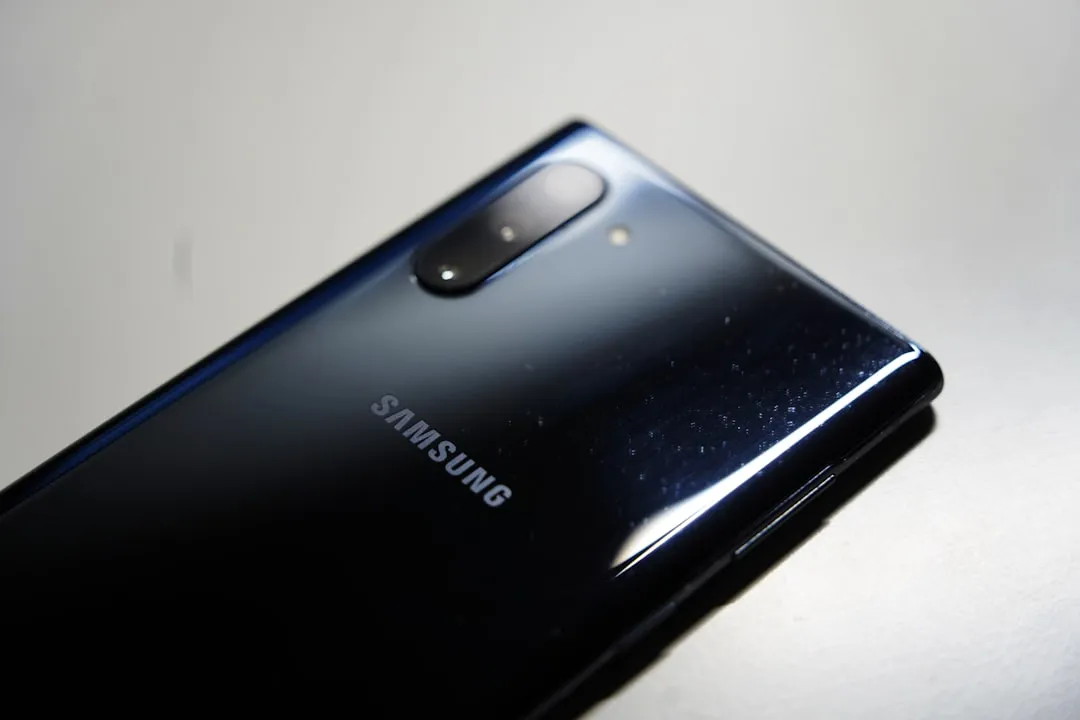
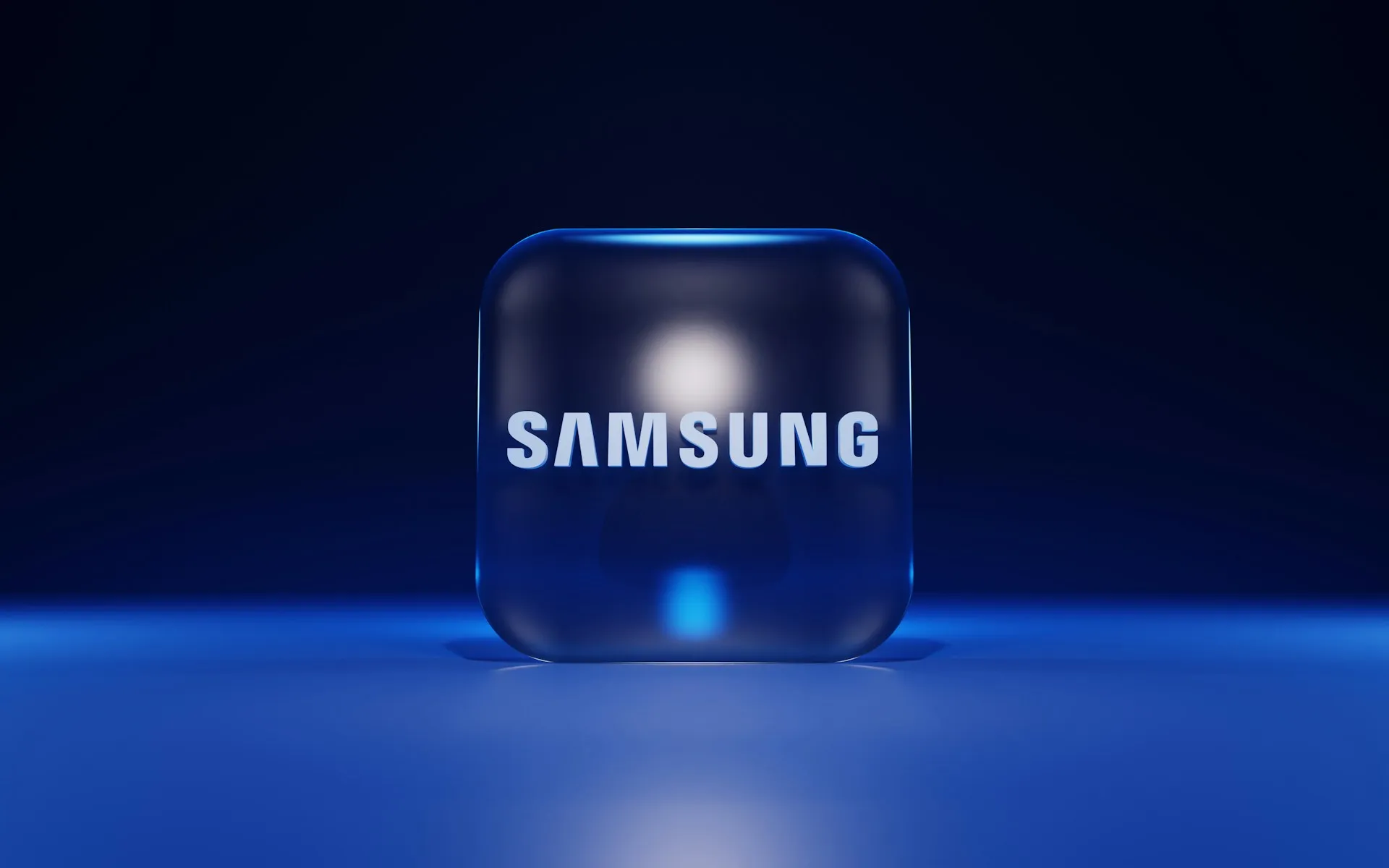

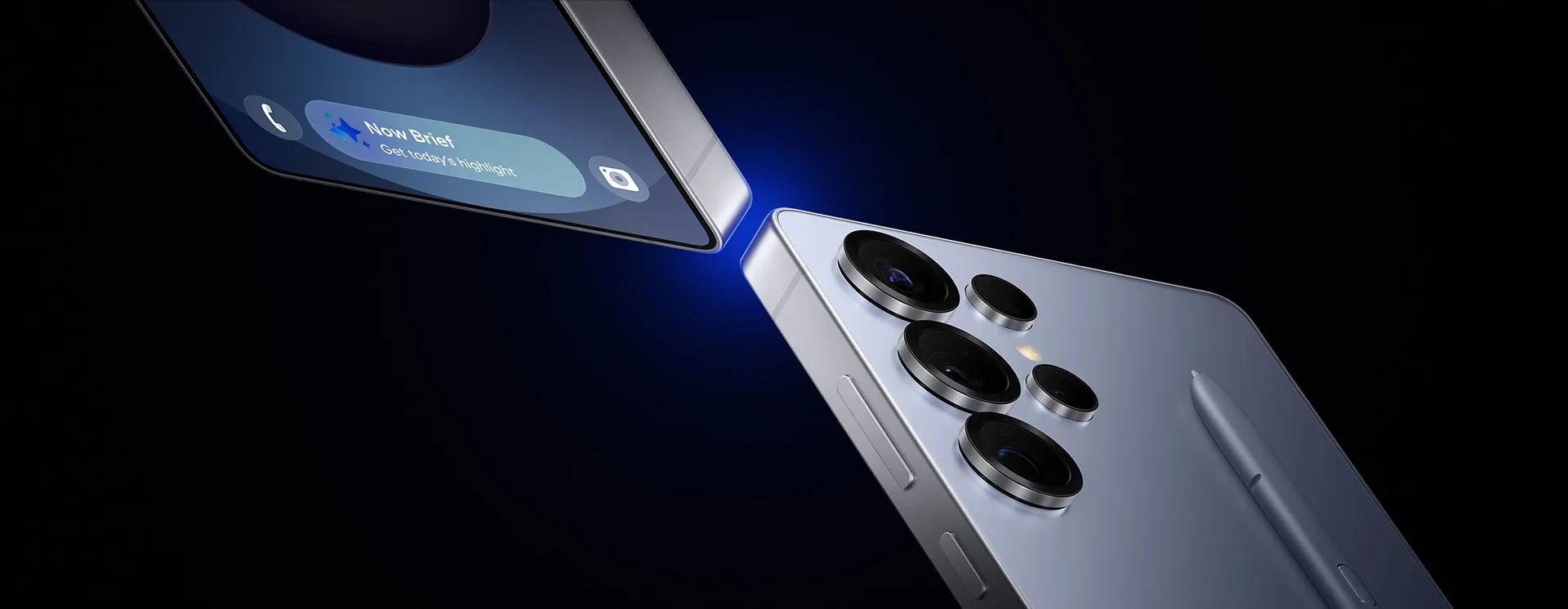

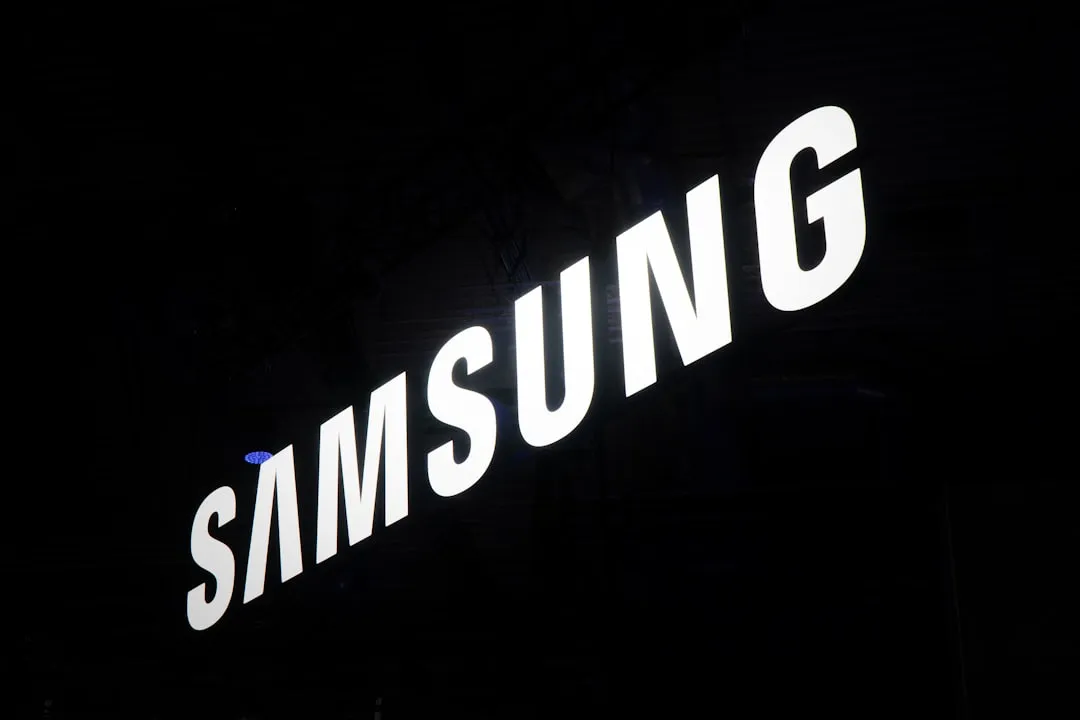
Comments
Be the first, drop a comment!